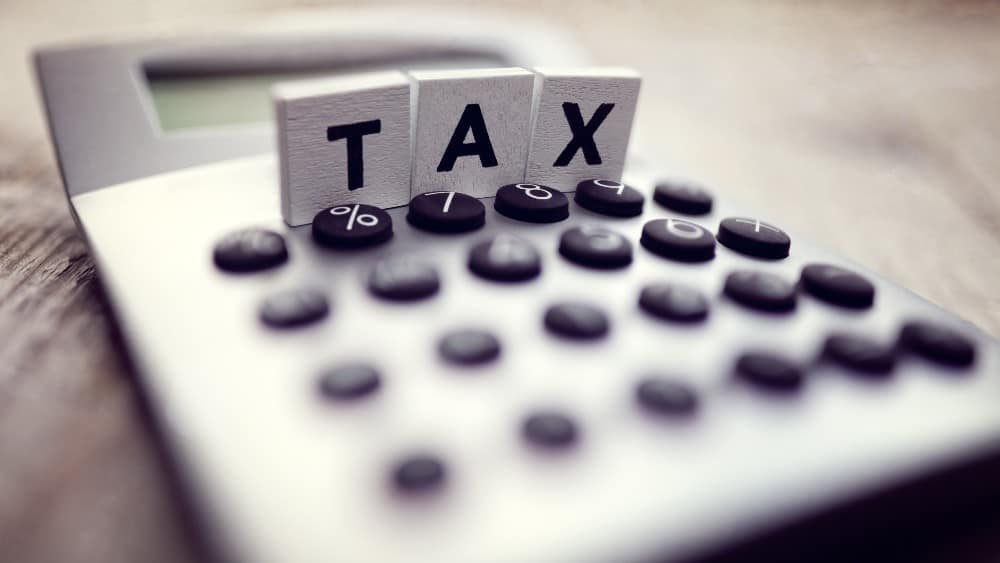When you are filing your taxes and giving away a hefty portion of your hard-earned money, the CRA doesn’t seem like the proverbial good guys. But this perspective might have changed for many people during the pandemic. In 2020, the CRA helped people out in several different ways. The tax you are obligated to pay was used to sustain millions of Canadians that lost their livelihood during the pandemic.
You might have been eligible for some of these CRA COVID breaks and payments. Did you claim all the COVID benefits the CRA offered? There are three that stand out, and for two of them, you didn’t even need to make a claim.
The GST/HST credit
The GST and HST tax credit is offered to low to modest-income individuals and households. If you qualify, you can claim part of the GST/HST taxes you pay the government whenever you buy something.
This year, the government sent an additional GST/HST credit payment to people who already receive the GST/HST credit. If you qualify but didn’t receive your additional payment, you may ask the CRA if there is a chance of getting the retroactive benefit.
Child care
Childcare can be expensive, which is why the government tries to help low-income families with children. The amount you receive in Canada Child Benefit varies based on the province you reside in and household income. For May 2020, the government padded up the regular child care payments with an additional $300 per child. If you have children and your income is below the threshold, that’s one COVID benefit you should have claimed.
CERB
The CERB was the ultimate COVID benefit that the CRA offered and provided. It allowed eligible recipients to get $2,000 a month, which is enough to take care of several essential expenses and helped people and households stay afloat during the pandemic. It was aimed at people who lost all or half of their routine income.
Evergreen tax break
Whatever you take out from your TFSA is tax-free. So it’s like having an ever-present tax-break. If you have a generous dividend stock like Enbridge (TSX:ENB)(NYSE:ENB) tucked away in your Tax-Free Savings Account (TFSA), you can enjoy tax-free payouts. The energy giant is suffering like the rest of the sector, but it refuses to slash its dividends as Suncor did.
Enbridge has the business model advantage here. Primarily a pipeline company, much of Enbridge’s income is tied to long-term contracts, which don’t vary in harmony with the oil prices. This is partly the reason why the company is still keeping up its generous dividends. Currently, the company is offering a very juicy yield of 8.3%. So if you invest one year’s TFSA contributions, that is, $6,000 in Enbridge, you can get about $41 a month in dividends.
Foolish takeaway
Some of CRA’s COVID benefits don’t come with a tax break. The CERB is taxable income, and if you are receiving its descendant, the CRB, that’s taxable as well. Still, there might be several other tax breaks available to you, which might allow you to reduce your tax burden a bit. Make sure that you are taking advantage of every deduction or credit for which you qualify.









